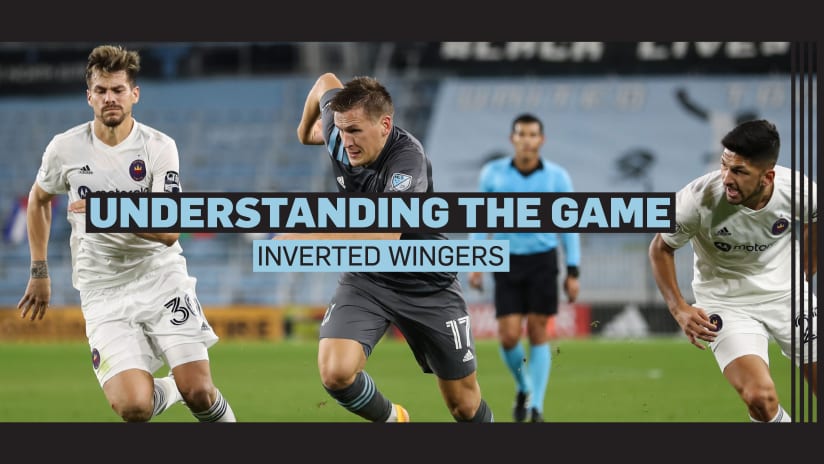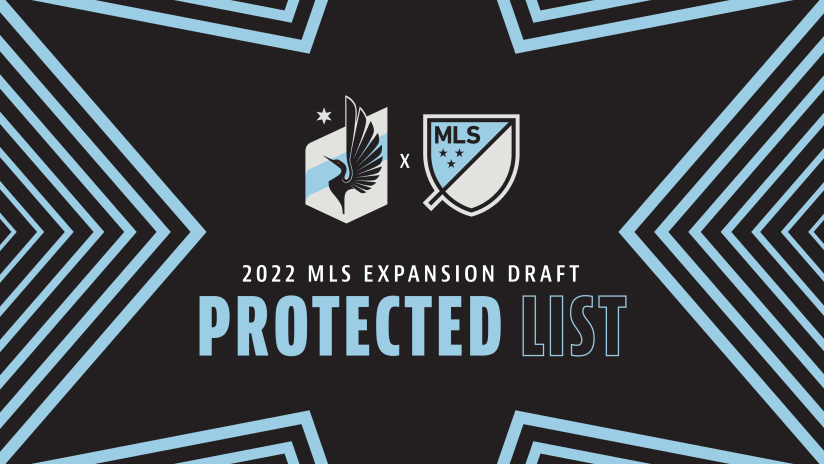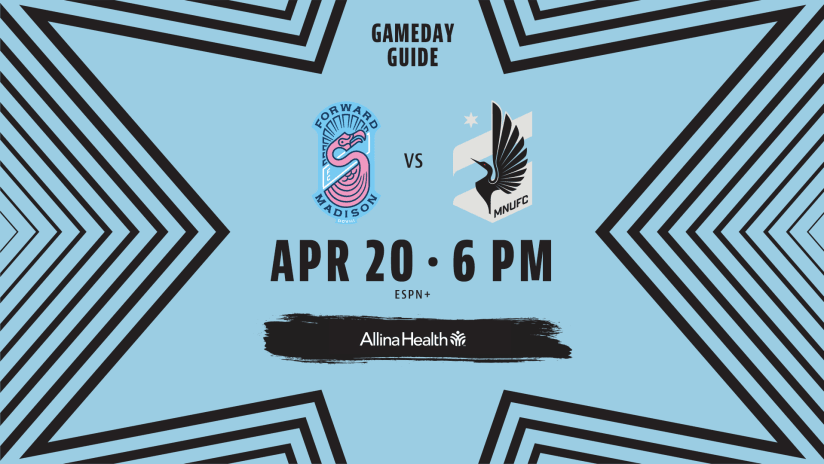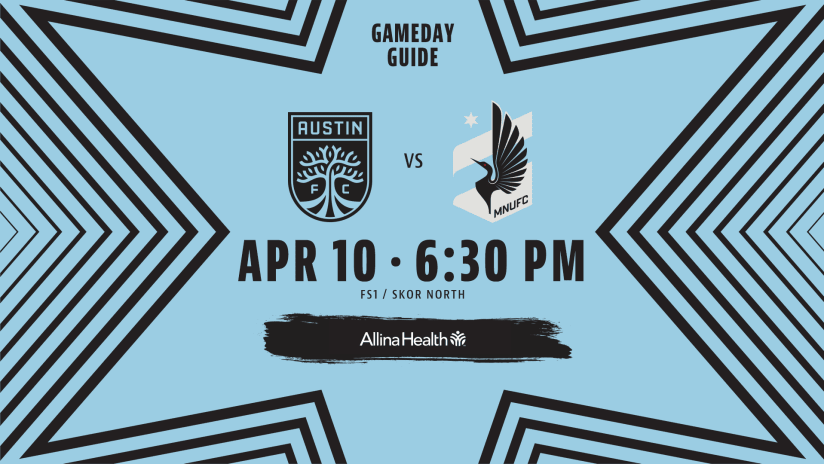Following a successful run to the semifinals of the MLS Is Back Tournament in Orlando last summer, Minnesota United faltered as teams returned in home markets. But after dropping their first three games of the resumed regular season, recent acquisition Emanuel Reynoso got his first start at the number 10 position against Real Salt Lake, midfielder Robin Lod bagged a brace in the 4-0 win, and Head Coach Adrian Heath laid out the template for what would become a lethal attacking trio down the stretch of the season and into the playoffs with one simple trick: He started Lod on the right and put Kevin Molino on the left as inverted wingers.
What — you may be asking yourself — is an inverted winger? Conventional wisdom handed down from soccer’s beginnings has it that players on the right side of the field should be right-footed and players on the left side of the field should be left-footed. Simple, right? It seems obvious enough and back when the winger’s traditional role was to get wide and send in crosses, it makes a certain amount of sense. A player with a stronger right foot will be able to send in more accurate and more powerful passes from deep on the right wing.
But in the modern game — and especially in Heath’s favored 4-2-3-1 formation — there’s an impetus on fullbacks to push up and overlap with the wingers. If the goal is to get the fullbacks up into those deep wing positions for sending in crosses, it’s sort of a problem if the wingers want to get to the same space. Playing with inverted wingers — left-footed players on the right and vice-versa — alleviates this problem and opens up some tantalizing possibilities.
There’s no better immediate example than Robin Lod, who often struggled to look threatening playing on the left side but ended the season with the second-most goals on the team at seven — most of them scored playing on the right. When a left-footed player cuts in from the right, it puts the ball on their left foot, upfield and away from the backline. This also opens up a wider angle on the face of the goal — consider how much more difficult it is to curl a ball onto the near post for a right-footed player coming from the right versus a left-footed player curling it onto the far post. We saw Lod do exactly that in the playoffs against Colorado:
Beyond shooting, inverted wingers who cut inside can send in-swinging crosses in to attackers, and there is much to recommend them. For one, the ball is already headed towards the goal, often needing only a slight redirection or sometimes none at all to get on frame. Secondly, instead of moving towards the keeper and then away, the ball is in a dangerous position for an attacker before it gets closer to the keeper. Lastly, defenders have to move backwards and often awkwardly to defend an in-swinging cross, rather than stepping up to defend an out-swinging cross.
This also introduces an interesting wrinkle when it comes to the defender. A right-footed winger playing on the left cutting inside is going at a right-footed defender’s weaker foot — their left.
Now, to be sure, a lot of this can seem like trying to explain the greatness of a poem with a mathematic equation. All of this put together doesn't necessarily add up to inverted wingers being inevitably and always better. As always, tactical decisions are a mix of a coach's philosophy, their intuition and an understanding of how to put their players in the best positions to succeed. In a game that's all about space and the control of it, an inch or two here or there can matter, even if it means turning everything on its head.






